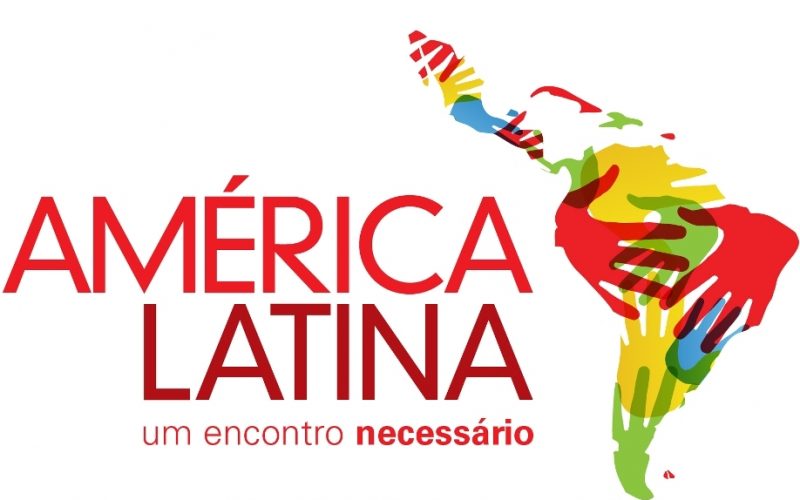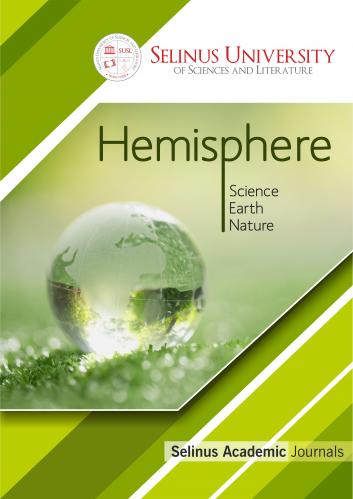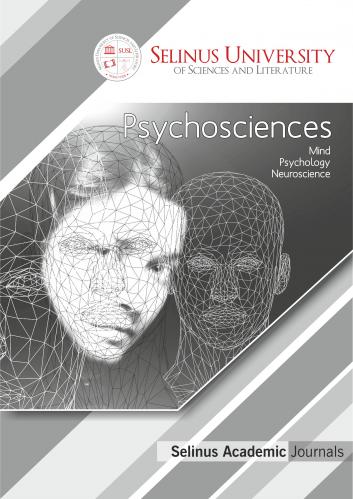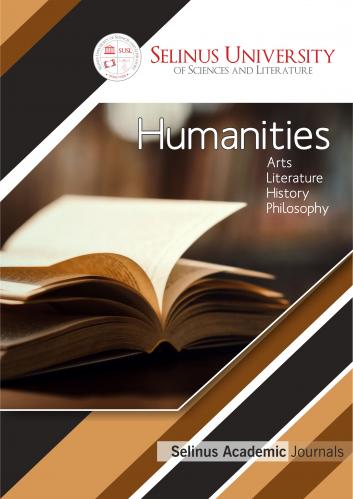América Latina um encontro necessário
A NEEDED ANTHOLOGY
(With blood fire. 32 contemporary Colombian poets)
by Emilio Coco
It is said that Colombia is a country of poets and the poetry festival in Medellín is the most important in the world. But how much do we know of that poetry in Italy? Nothing or close to that. Except for a few online magazines reports of Colombian poets or the sporadic but valuable translations by few authors working for small publishing houses whose publications are impossible to find even in large bookstores, there is no consistent work in Italy on the contemporary wonderful South American country poetry. In the Peninsula, Colombia is known especially for the numerous cases of violence and notorious drug cartels.
A commonplace that we often hear is that in this nation they speak the best Castilian of Latin America. It is due to its pronunciation and fidelity to the original sense of the word. Another typical assertion is that the poetry that is written in Colombia is superior to that in Mexico or any other South American country. If the curious reader wants to verify the truth of this claim, he\she has a wide selection of Mexican poets in the anthology I edited three years ago for the same publisher, entitled “From the Old Word to the New Word. Twenty-two contemporary Mexican poets”.
Overlooking futile controversies and disputes, I think, or rather I am convinced, that today poetry in Latin America is the best in the world; I have been trying to prove it since 2008 through the several anthologies that I have been compiling. It collects works by poets from Argentina, Ecuador, Nicaragua, the Dominican Republic, Mexico, not to mention the numerous other publications in books or magazines of poets from Chile, Peru, Uruguay, Paraguay, Cuba, Salvador, Costa Rica, Bolivia, Guatemala and Venezuela.
My interest in South American poetry goes back to 2008, although in previous years there had been some quick incursion through translations of poets I had met in Spanish poetry festivals. I mention Arturo Corcuera for all the Peruvian poets. I remember with great emotion my first trip to Mexico, in October 2008, when I was invited to the "Festival de Poesía del Mundo Latino". Together with other poets from Colombia, Peru, Chile, Cuba, Uruguay and especially Mexico, I visited the beautiful towns of Morelia and Pátzcuaro and immersed myself in the limitless and chaotic Mexico City. Here the great Juan Gelman honored me with his friendship, sealing it with a suffocating embrace. Here, on the steps of the monumental Palacio de Bellas Artes, I mingled in the crowd of poets dazzled by camera flashes of the tireless and generous José Ángel Leyva. I have never seen so much interest and love for poetry in ordinary people as in Mexico. In Morelia, in the splendid city theater, fully packed with people, enthusiastic applause roared for the poets who took turns on the stage as if they were great stars of the cinema, sport or famous singers. Here, in the evening of my poetry reading, I was approached by a young couple at the exit of the theater. Having their voices broken for emotion, they asked me for an autograph, claiming to be my fans and giving me a book by a local poet. I was moved to tears and hugged them both.
In the hotel room, flipping through the book, I found a note with these words: "Gracias por escribir palabras que vuelven más sensibles a las almas de este mundo. Natalia y Adal. Morelia, Michoacán, 2008." They could have been sixteen years old. Here I met Marco Antonio Campos who accompanied his reading and other poets’ with a slow and delicate hand gesture, almost to emphasize their intense musicality. Here I made friends with the Colombian poets Juan Manuel Roca and Jotamario Arbeláez.
After that first unforgettable experience, as soon as I returned to Italy, I proposed some texts by three poets to the director of the magazine Pagine. Vincenzo Ananìa was another great and generous friend who passed away a few years ago. He was completely fascinated by that poetry he defined impetuously fresh, agile, genuine, not spoiled by a sterile and narcissistic linguistic exhibitionism, as Italian poetry often is. It rarely happens to me to make happy discoveries compensating the long and patient effort of research among dozens of volumes that day after day increase the piles of books on my desk. And when it does happen, I am as grateful as for a nice and unexpected gift. And what is interesting is that these comforting illuminations do not often come to me from the collections of Italian poets, that I also read and spread abroad through my translations. They rather come from Latin American authors who are often badly known or completely unknown in Italy and whose poetry I’m convinced is not properly considered by Italian literature lovers.
So after more than thirty years dedicated to the translation of Spanish poets, my interests have definitely changed course. As I say in a poem of Ascoltami, Signore "...it's better to concentrate / on some Mexican / Chilean or Uruguayan / for a year now / I'm no longer intrigued by Castilians". The explanation for this abrupt change could be this: I have fallen deeply in love with South American poetry, and as we all know, love requires absolute and exclusive dedication. It has sucked my soul; it has drugged me. I don't know how to give critical reasons for all this, also because, as I've said many times in previous works, I feel very uncomfortable as a critic and I willingly let others do this ungrateful job; this job often forces you to swim in treacherous, muddy waters, full of pitfalls and suctions especially when you work on an incandescent matter such as poetry, that is being built day after day, yet not completely settled. It involves the danger of the bet, but also, I think, the beauty of research and the passion of discovery.
The Spanish poet José Hierro wrote: "Poetry is magic and any explication is like trying to justify the miracle through illusionist procedures".
Last year I was invited to the international poetry festival "Las líneas de su mano" that took place in Colombia, Bogotá from September 2nd to 6th. In this country, the amiability of people is a cultural distinction. The smile is spontaneous, the embrace is enveloping. In Europe and Italy, we lost these forms of communication long ago. And in those few days I spent in the Colombian capital, I fully experienced this kindness, this joy of conversing with a friend, this intimacy of people who have just met but who behave as if they had been dating for years. From that experience I got the idea of fixing on paper some of the voices heard in the cozy space of the Gimnasio Moderno together with others that I was discovering thanks to the help of old and new friends.
Beyond the doctrinaire goals, I would like to underline here the ambition of this work. First of all, I want to offer the Italian reader the possibility to approach a poetry that is not very well known in Italy; starting from there, the reader will be able to widen and deepen his knowledge of it, if he\she wants to. In addition, this opportunity allowed me to meet some established names that I had already had the opportunity to appreciate. Those names stand as irreplaceable models of poetry making, thanks to their strength and creative originality. Next to them, other voices of young and less young poets rightly claimed their space of attention.
My reading was exciting, even thrilling. In the end, I had to choose: thirty-two poets. A choice conditioned above all by my personal taste and particular convictions. Every anthologist should honestly admit that there is a good dose of subjectivity in his\her operation. It is wrong to claim to have chosen among the most representative or the most consolidated, without being influenced by own personal preferences, by one’s personal "poetics". But those who do not make a choice of quality are above all in bad faith. On its basis they must always express their consent or refusal.
Another point that I would like to emphasize is that this is not an anthology in the traditional sense of the word. It is not a history, a more or less exhaustive and faithful account of what has happened in Colombia in recent decades in the field of poetry. It does not inform about the aesthetics, the strongest trends, the various generations. Similar stories, in different formulas, circulate or have circulated; some good, some not so good. This "anthology" is a resistance to the temptation of cataloguing, labeling, and producing canons, no matter if certain critics think otherwise. They eliminate or include names depending on whether or not they fit into their pre-established schemes. Reading must be free and plural to be such. Rather than daring to frame and cage poets, they should be presented as living flesh, each with his\her own exasperated vitality and individuality, with his\her unmistakable voice.
Thirty-two living poets whose literary production extends over fifty years if we consider the publication of the first poems of Jaime Jaramillo Escobar (the oldest of the poets present), published by Gonzalo Arango in the anthology 13 poetas nadaístas (1963) and the latest work of the youngest of the poets, Luis Arturo Restrepo, released in 2014, entitled En el fuego, la mirada. I think this is a sufficient number for a first approach to Colombian contemporary poetry. This is an anthology that is characterized by its total openness and dispersion of voices.
The writer (in this case the poet) is a loner who turns to another loner (the reader), looking for an interlocutor to share his world and concerns with.
As vast and ambitious as an anthology may be (and this one is not) it is still always a fragmentary work, a selection of names. In 1997 Rogelio Echavarría selected 219 20th century poets for his Antología de la poesía colombiana, commissioned by the Ministry of Culture. And I'm sure there were names missing from it as well. The strength of the anthologist lies precisely in the precariousness of his\her choices. The Mexican poet José Ángel Leyva recalls the emblematic case of Volodia Teitelboi: in his nineteen, he embarked on the adventure of classifying the great Chilean poets. He shockingly excluded Gabriela Mistral, who would later give her country and Latin America its first Nobel Prize in literature in 1945. Volodia would carry the weight of that visceral decision or his youthful ignorance with him until his last years of life.
Perhaps if I had opted for a thematic anthology the margins of error would have been narrower. It would have been a beautiful collection about love poems, about father, mother, landscape, woman, violence, Eros. Like that, though, the probable reader would have suffered a partial vision of the poetic reality of that country, to say the least. Otherwise, an ideal anthology could be the generational one, which takes into consideration well-defined groups, movements, aesthetics. But even so, poets’ clusters are more the expression of a mafia corporativism, a mutual aid association rather than an aesthetic identity. Poets often gather together in order to feel safe and protected, even if their stylistic outcomes and dynamics are different. On the other hand, it should not be underestimated that in these anthologies the same poems and the same names are repeated over and over again, gaining visibility thanks to similar operations. It is enough to take a look at the several anthologies published in recent years in Italy to have a confirmation of what I have just said.
As I said before, in my work I consider the poetry of thirty-two poets. They have come to light in various degrees and with different valid results in the last fifty years but always with their own weight and significance. These have been years marked by multilevel unprecedented violence; that brought to think that Colombian "democracy" has caused more deaths than any other dictatorship in South American countries. As Luis Eduardo Celis writes, "the violence of the drug traffickers, landowners and regional elites that converged in the paramilitarism of the 1990s, allowed the greatest operation of distortion of democracy, through the total control of state institutions," to which we must add a new form of violence enacted by the armed left in various guerrilla operations.
There are more or less explicit references to this terrible reality in more than one poet. One can read Juan Manuel Roca's La estatua de bronce, or the poem The Dead by Guillermo Martínez González, who "appeared in the streets with their faces / of fright altered by flies" or who "came down to the village on the backs of mules / suspended like sacrificial animals", while violence "strolled with its drum / of midnight in the villages". Thousands of dead and thousands of disappeared covered up by a cloak of silence. That silence is almost obliged in the "evil" Bogotá where the stars of the sky shine uselessly, with "its hidden crimes and its young assassins / who conspire in the bars". But it is in the texts of Horacio Benavides where the climate of violence is most palpable and where death hovers everywhere, permeating the air and imbuing the landscape. It is a succession of horrific visions of corpses and stumps of bodies floating in the rivers that transform the coolness of the clear water into a black mirror of death. And we hear the roaring of the dark monster, the cries of the tortured and the splashing of the caimans in the well that contend with the corpses, the cries of fright as night falls over the orphaned dead and the murderers sleep drunk on the tables in the taverns; we sit with the farmer on a park bench where he waits in vain for his children because no one has ever returned. The poet describes all this with a lightness of touch and simplicity of language, almost as if it were an ugly fairy tale, with the small hope that all this will end one day and the sea will wash away so much horror and we will be back running on the beach, roaring with the joy that is rooted in bodies lying in the sun “bright and strong as sea lions”.
How do poets react to such terrible social virulence? They live and suffer their tormented and restless time, and their poetry, in more than one case, has shown a high civic spirit. Many of them show a strong feeling of hope and determination to build peace, not with the force of arms, but with that of intelligence and words. But it is also true that no one can suggest themes to the poet. The old romantic idea that poetry can change the world has long since gone into crisis. Mexican poet Marco Antonio Campos writes some enlightening lines in this regard. In the poem "Declaration of Beginning" we can read devastating statements like these: "Poetry does not change / except the form of a page, the emotion, / a meditation already taken for granted. / But, concretely, gentlemen, nothing changes. / Concretely, Christians, / it does not change a cross to new mountains, / it does not eradicate, Germans, / the shame of a time and its crisis, / it does not take away, Marxists, / the bread from the mouth of the millionaire. / Poetry does nothing. / And I write these pages knowing it." If anything, the strength of the poet might consist in denouncing, in pointing out possible solutions, knowing very well that it is up to politicians to implement them for the good of the community. But as it is known, politicians do not read poetry.
The poet has long ceased to be the voice of the tribe, the voice of those who cannot speak. Poetry can only change the poet and the possible reader who approaches it. Anything else is demagoguery.
The theme of violence, as the reader will verify, is not the only one in this anthology. Colombian poetry of these last decades is characterized by an explosion of voices, forms, aesthetics, registers and themes in continuous ebullition and enrichment. Thus, next to Jaime Jaramillo Escobar and Jotamario Arbeláez, two of the fiercest representatives of the Nadaista movement (a form of neo-avant-garde that was born as a response to the cultural imposition of academicism), we find the poetry of Juan Manuel Roca in which the most obvious reality is colored by a dreamlike magic that invites us to live it as we live a passion. And we could not miss Giovanni Quessep who sings the beauty of a lost world made of legends and fairy tales, castles and gardens that touches and moves us in equal measure in the human and in the aesthetic domain. Juan Manuel Roca and Giovanni Quessep are two giants of today's Colombian poetry, who have produced works of the highest aesthetic and moral value, contributing in a decisive way to define the writing choices of many young poets, not disdaining to confront them in a loyal and fruitful competition. Just as we cannot silently pass over the work of another great Colombian poet, Darío Jaramillo, with his self-ironic poetry that does not suffer setbacks or deviations and opts for a conversational language. He uses to tell us about his experience as a man immersed in the urban universe; but it is his love verses, impetuously fresh, that are the best known to poetry readers and that have found in Fabio Volo one of the most enthusiastic admirers and diffusers. Moreover, we can’t fail to recall the voice of Luis Aguilera, creator of disquieting atmospheres of rare beauty; or that of José Luis Díaz-Granados, warm and musical; or the poetry of Rómulo Bustos, subtle, precise and elusive at the same time; or the insinuating and sparkling eroticism of Raúl Henao, steeped in surrealism; or even the poetry of Piedad Bonnet, with the transparency of her emotions and her flinches calmed and resolved in the serene possession of the poetic word, or that of Armando Romero, whose narrative vocation resorts to unusual associations that disrupt the orders of the real vision creating situations of high poetic potential.
And here I stop, leaving it to the reader who has the patience and taste for willing, unprejudiced literature to make his own discoveries and considerations. Then will come the academics and critics of trade to dissect, to integrate, to recompose, to compare poetics and personalities, to ask and to seek explanations. In the meantime, let the reader take the poets by the hand and be guided through the fascinating and kaleidoscopic world of Colombian poetry today.
From "Encountering the Twentieth Century" (Unigester, 2017).










